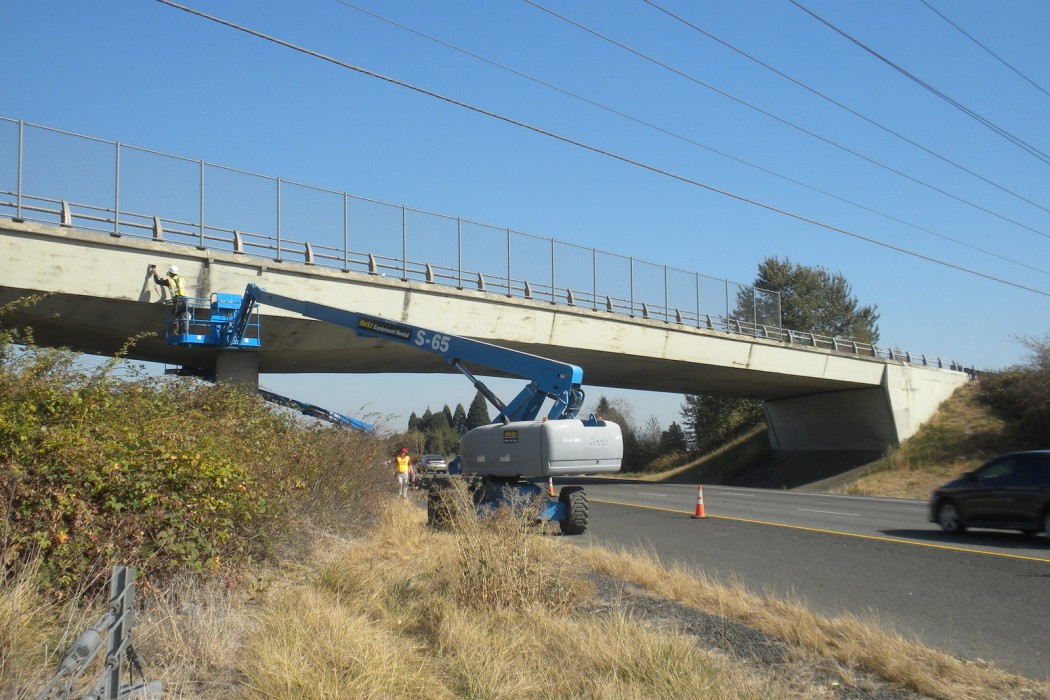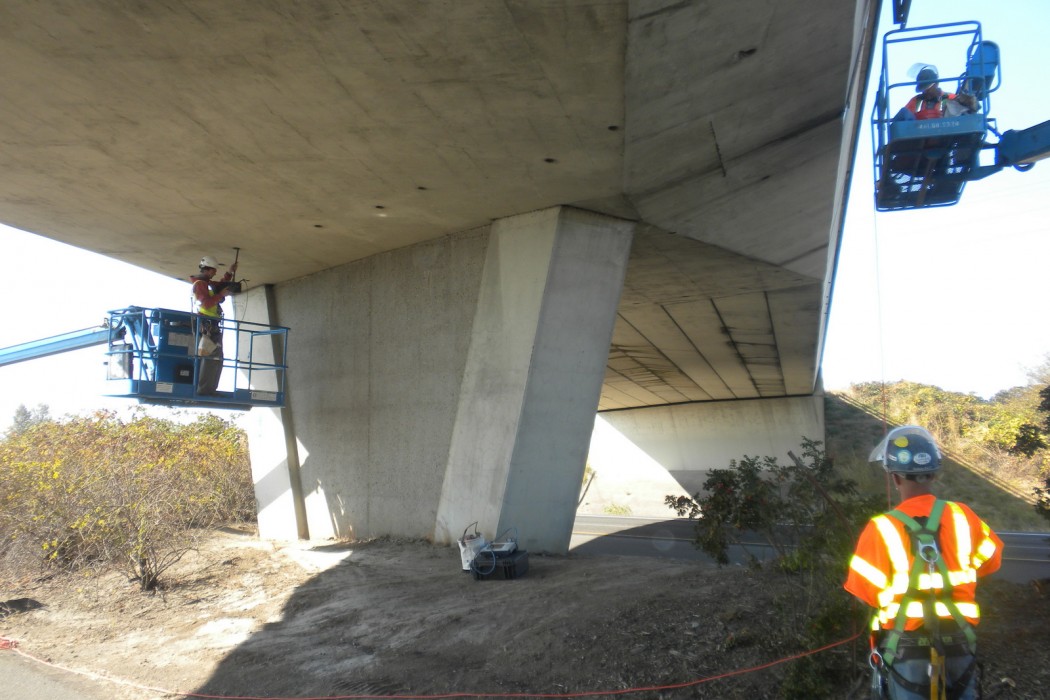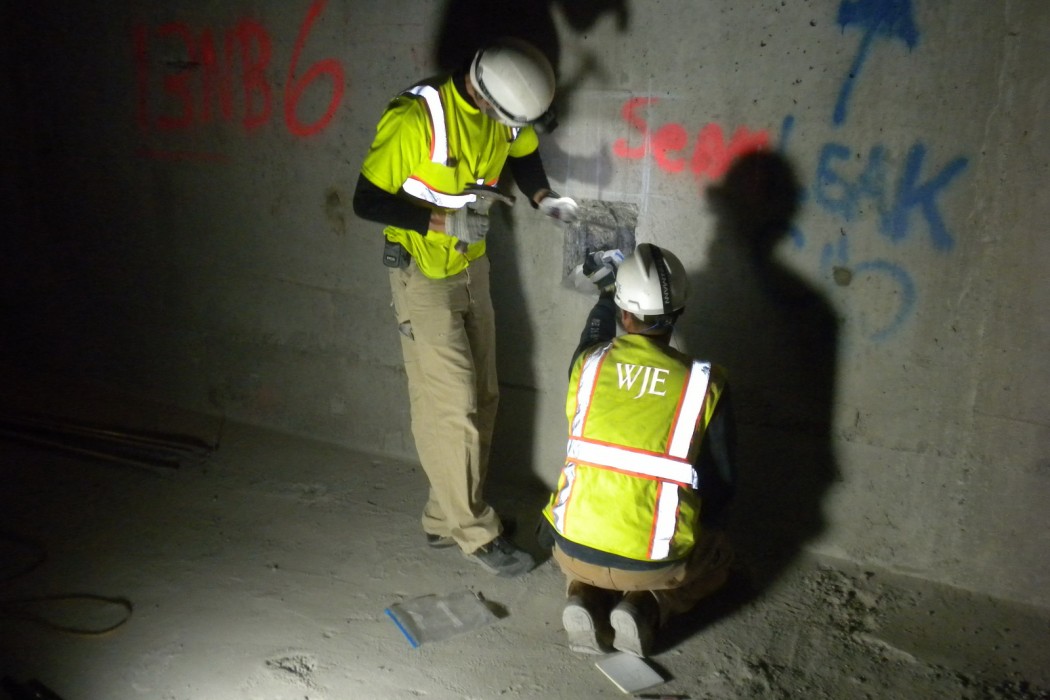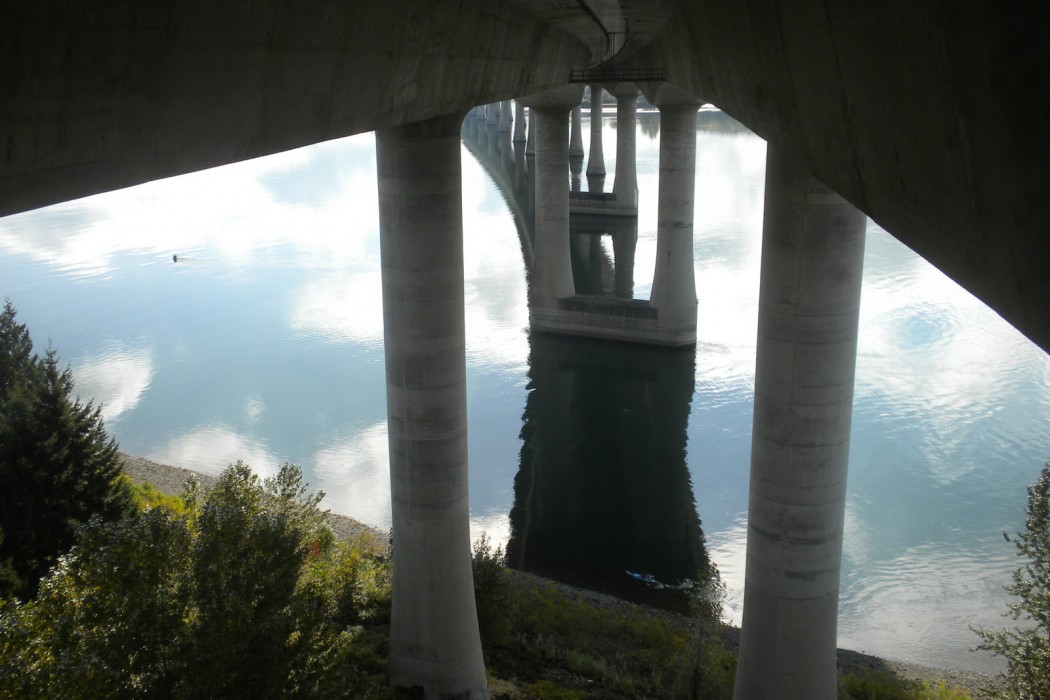WJE PROJECTS
I-205 Columbia River North Channel Bridge
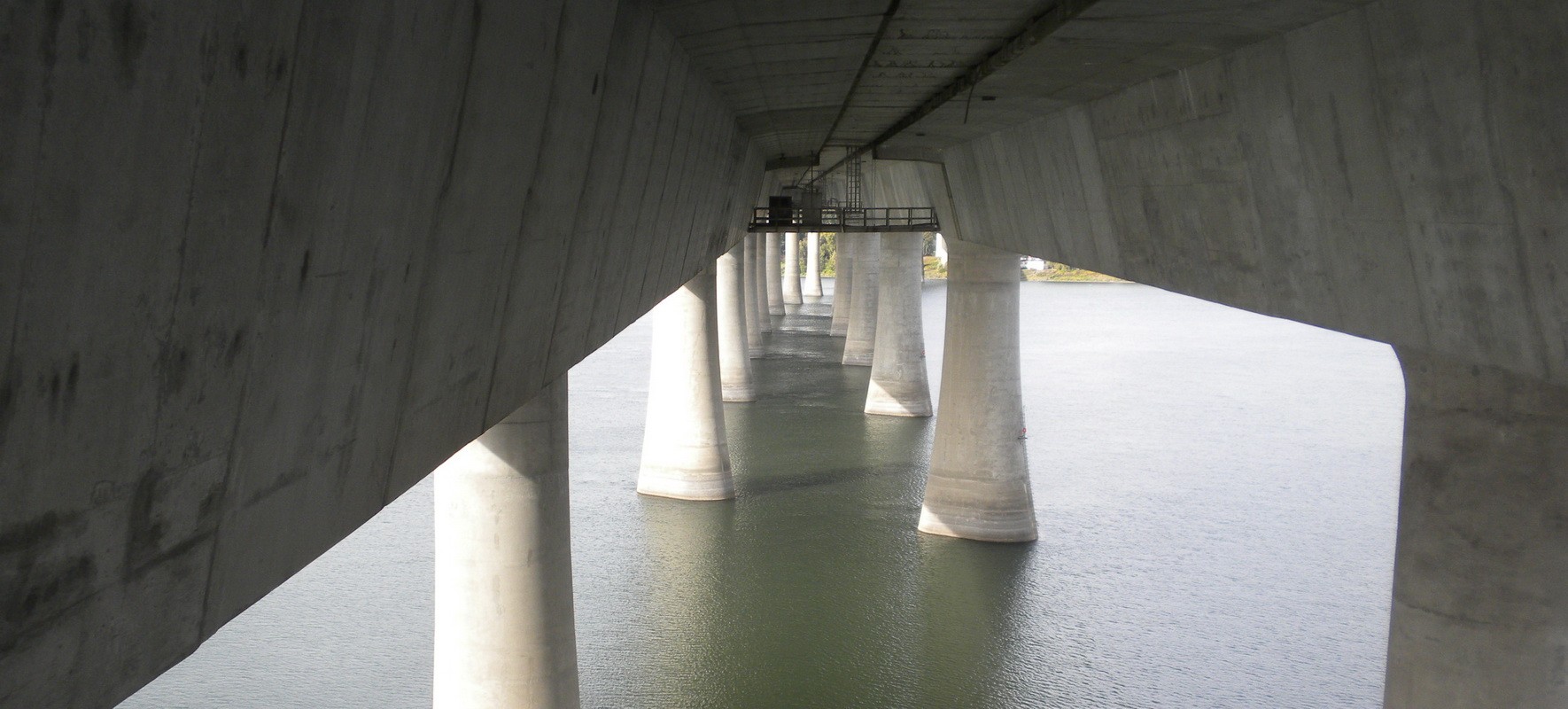
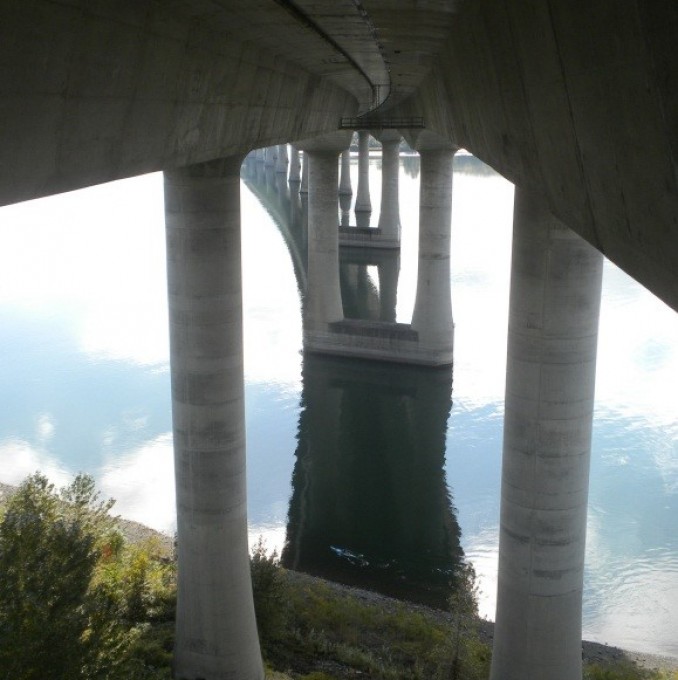
CLIENT |
Oregon Department of Transportation (ODOT) |
LOCATION |
Portland, OR |
Post-tensioning Specialized Condition Assessment
Post-tensioned bridge structures introduce a specific challenge to bridge inspectors and owner's due to the difficulty in assessing hidden conditions. With large structures, this problem is compounded due to complexity and size. WJE was retained by ODOT to perform a specialized inspection of two bridges. This specialized inspection included limited visual and acoustic sounding surveys, inspection openings, nondestructive testing, and materials testing. The purpose of the work was to identify post-tensioning distress.
BACKGROUND
The I-205 Columbia River North Channel Bridge, also known as the Glenn Jackson Bridge, consists of two bridges that carry four lanes of traffic in both directions. Each bridge consists of twenty-three segmental post-tensioned box girder spans that are about 71 feet wide and house two longitudinal cells. The total length of each bridge is 6,024 feet with a maximum span length of 600 feet.
Three different erection methods were employed in constructing this bridge: conventional cast-in-place spans with draped longitudinal web tendons, cantilevered segmental cast-in-place, and cantilevered segmental precast. The bridge includes longitudinal, transverse, and vertical post-tensioning.
SOLUTION
WJE performed all inspection work from the inside of the box girders. This work included a limited visual inspection and acoustic sounding of the concrete, half-cell potential measurements, locating post-tensioning ducts using ground penetrating radar (GPR), installation of inspection openings, and materials testing of the concrete and grout.
The visual inspection and acoustic sounding surveys allowed WJE to focus the nondestructive testing and inspection openings on areas of the bridges that exhibited conditions indicative of post-tensioning distress. After identifying the areas of potential concern (cracks, spalls, and delaminations), WJE installed drill-hole and large inspection openings. The drill-hole openings allowed for documentation of conditions inside the ducts. The large inspection openings allowed for duct interior observations as well as grout sampling. The inspection openings identified grout voids and prestressing strand corrosion. Grout and concrete materials testing did not identify any deleterious activities.
WJE recommended additional assessment and a tiered response program to address post-tensioning distress.
RELATED INFORMATION
-
 Our knowledge of bridge performance is supported by technical expertise in structural... MORE >Services | Bridge Engineering
Our knowledge of bridge performance is supported by technical expertise in structural... MORE >Services | Bridge Engineering -
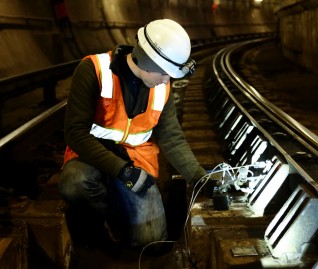 We engage a full suite of state-of-the-art instrumentation and monitoring capabilities to test... MORE >Services | Instrumentation and Monitoring
We engage a full suite of state-of-the-art instrumentation and monitoring capabilities to test... MORE >Services | Instrumentation and Monitoring -
 Our materials scientists provide comprehensive consulting services for the evaluation and... MORE >Services | Materials Evaluation and Testing
Our materials scientists provide comprehensive consulting services for the evaluation and... MORE >Services | Materials Evaluation and Testing



































